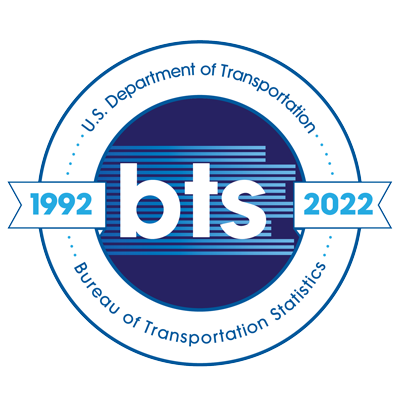A Before-and-After Study in Changes of the Railway Network Centrality on the Opening of SRT in Korea: Focused on PageRank Centrality
Topics:
Keywords: SRT, PageRank network centrality, railway passenger demand, inter-regional railway
Abstract Type: Poster Abstract
Authors:
Jiyun Shim,
Soojeong Choi,
Jaehyun Lee,
Kyounga Park,
,
,
,
,
,
,
Abstract
The development profits of the railway business spread to the administrative regions adjacent to the relevant area. Moreover, railways, which are known as eco-friendly transportation, can be used as a basis for sustainable green growth policies. Therefore, the impact of the SRT, which is a newly construct railway network that was opened in December 2016, on the Korean railway network can be analyzed and used as primary data in establishing a mid- to long-term railway transport strategy in the future. To examine the changes in the railway network after the opening of the SRT, the change in passenger demand of the SRT stations and the change in station centrality were compared to those of KTX stations.
As a result, the opening of the SRT positively affected the activation of high-speed rail. At this time, not only the SRT-only stations but also the KTX-SRT common stations has increased passenger demand and centrality, which is attributed to the fact that the demand for the KTX-only stations had partially moved to both KTX-SRT common and SRT-only stations. This analysis confirmed that the centrality of the station and adjacent stations should be considered when deciding on new SRT stations and expanding services to existing stations. In addition, the study found that even though SRT stations are located far from the metropolitan area, there is still high centrality in stations serving as regional hubs. Thus, it was confirmed that there was a need to reexamine the service level of general railways centered on these stations.
A Before-and-After Study in Changes of the Railway Network Centrality on the Opening of SRT in Korea: Focused on PageRank Centrality
Category
Poster Abstract








